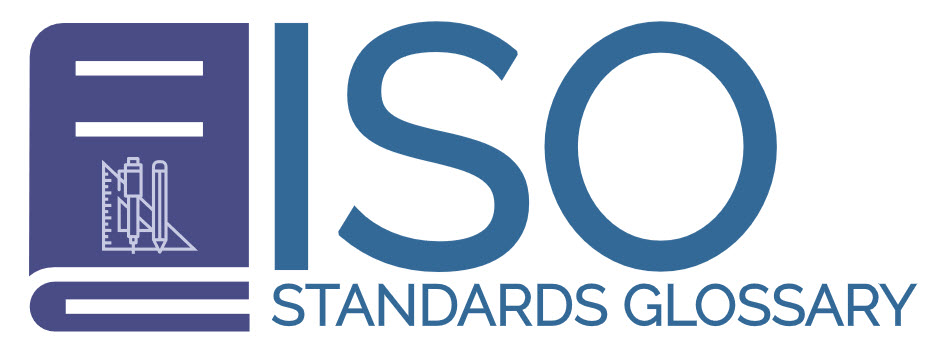The Role of Standards in Product Safety
In today’s global marketplace, ensuring product safety has become a predominant concern for manufacturers, regulators, and consumers alike. Standards play a crucial role in establishing benchmarks for product quality, reliability, and safety. By adhering to recognized standards, manufacturers can ensure that their products meet essential safety requirements and function as intended. The impact of these standards permeates various facets of manufacturing and consumer interaction, setting a foundation for trust and safety in numerous industries.
Understanding Standards
Standards are formalized documents that establish uniform engineering or technical criteria, methods, processes, and practices. These documents might be issued by credible national and international organizations, including the International Organization for Standardization (ISO), the American National Standards Institute (ANSI), or other similar entities. These standards are developed based on a consensus among various stakeholders, including industry experts, regulatory bodies, and academia. This consensus ensures that standards reflect diverse perspectives and needs, making them comprehensive and applicable to a wide range of scenarios.
The creation of standards involves detailed research and collaboration. Experts from various fields come together to discuss and agree on parameters that define various aspects of product quality and safety. Such dialogue among professionals ensures the standards are not only effective but also adaptable to different contexts and technologies.
How Standards Contribute to Safety
Standards act as guidelines to ensure that products are not only reliable but also safe for consumer use. They stipulate the minimum safety requirements and testing procedures that products must meet before entering the market. This structure helps mitigate potential hazards associated with product usage. For example, electrical standards help prevent overheating, reducing risks related to fires and electric shocks.
Additionally, by requiring consistency in manufacturing, standards reduce variability and defects in products. This consistency assures consumers that they receive products manufactured to the same specifications consistently, reinforcing trust in product safety and quality.
Standards also guide manufacturers in identifying and addressing potential safety issues during the design and production phases. By anticipating and mitigating risks early on, manufacturers can avoid costly recalls and enhance product reliability.
Legal and Regulatory Significance
Many countries have regulatory frameworks that mandate compliance with specific standards. By aligning with these standards, manufacturers can avoid legal repercussions and facilitate easier market entry. In some jurisdictions, adherence to standards can serve as a defense in liability cases, demonstrating that reasonable precautions were undertaken to ensure safety. It becomes evident that standards are not merely recommendations but often serve as foundational legal requirements in manufacturing and trade.
For manufacturers, understanding the legal implications of standards is crucial. Failure to comply with recognized standards can lead to significant legal challenges, including fines and bans. Moreover, demonstrating compliance with accepted standards can substantially reduce liability in litigation concerning safety and defects.
Consumer Confidence and Market Access
Compliance with safety standards greatly enhances consumer confidence by offering a measure of assurance that products are safe to use. This trust is critical for brand reputation and consumer loyalty. In an era where consumers are more informed and discerning than ever, having a strong reputation for safety can differentiate a brand in the marketplace.
From a market perspective, manufacturers who meet these safety standards can access a broader market. Many retailers and international trade partners only accept goods that comply with relevant standards. By meeting recognized standards, manufacturers are better positioned to enter and compete in new markets, which often have rigorous safety and quality requirements.
Furthermore, organizations that consistently adhere to standards can leverage this as part of their marketing strategy, showcasing their commitment to quality and safety as a value proposition to consumers.
Evolution of Standards
Standards are dynamic; they evolve with technological advancements and emerging safety concerns. This evolution ensures that standards remain relevant and effective in addressing contemporary issues. For manufacturers, keeping abreast of these changes is essential for continued compliance and safety assurance. As new technologies emerge and consumer expectations shift, standards must be revisited and revised to maintain their pertinence and effectiveness.
The process of updating standards involves continuous research and observation of industry trends and technological breakthroughs. As new challenges arise, such as those related to cybersecurity in digital products, standard-setting organizations work diligently to update existing standards or create new ones that address these modern issues.
Manufacturers must remain vigilant and proactive, actively engaging with standards organizations and participating in discussions to ensure their practices remain aligned with the latest requirements. This foresight not only aids in compliance but also positions companies as leaders in innovation and safety.
Conclusion
The importance of standards in ensuring product safety cannot be overstated. By providing a framework for testing and compliance, standards protect consumers, improve product reliability, and facilitate international trade. Manufacturers who prioritize adhering to standards not only contribute to public safety but also strengthen their market position. The rigorous nature of standards serves as a perennial assurance for quality and safety, providing an essential structure within which products are developed and distributed.
As globalization continues to advance, the synchronization of standards across borders will become increasingly critical. For manufacturers and consumers alike, standards represent a tool of trust and quality assurance that transcends geographical boundaries. For further exploration, refer to the official sites of standards organizations like the ISO or ANSI to understand specific standards related to different industries. These resources provide detailed insights into the specific criteria that govern various aspects of product development and safety, serving as indispensable tools for industry professionals aiming to maintain the highest levels of quality and safety in their work.
